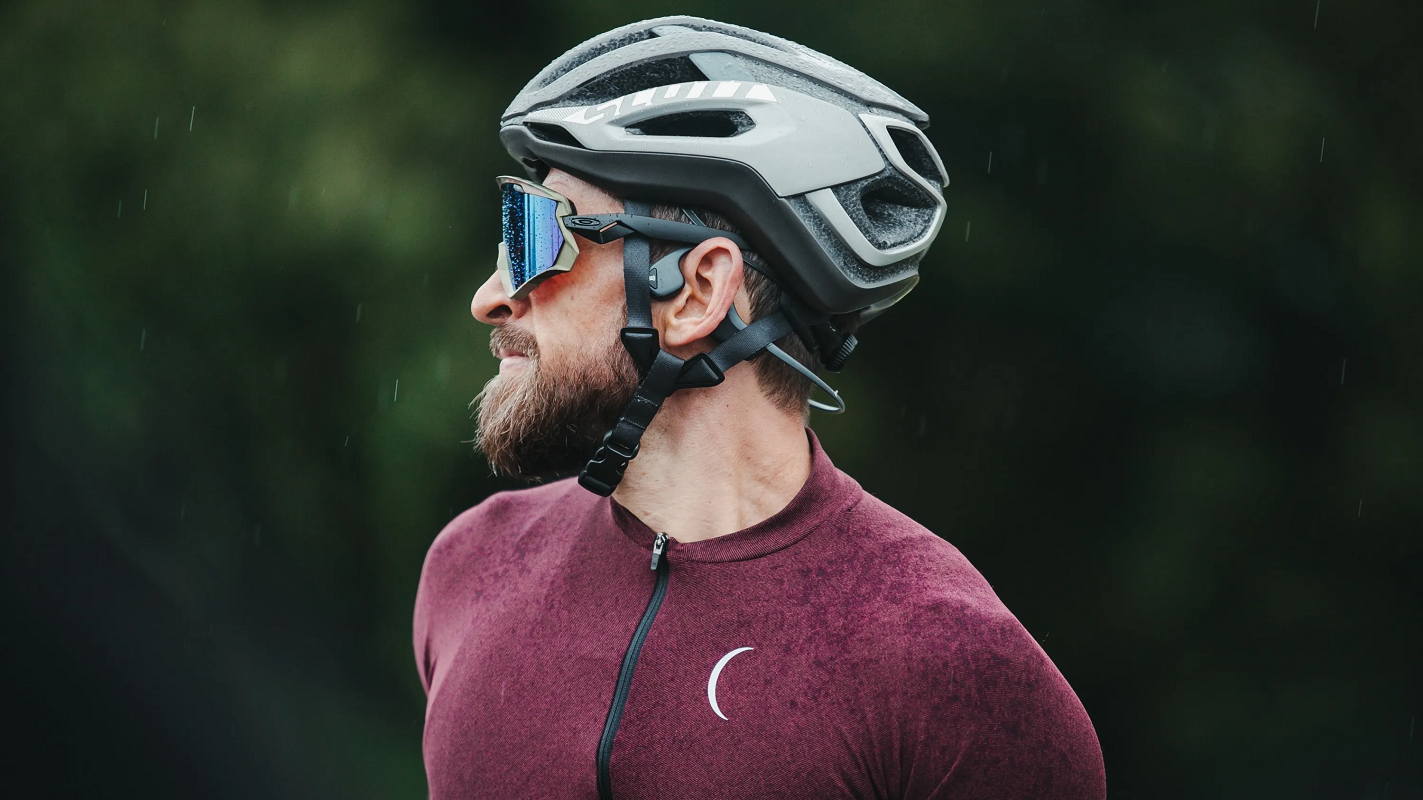
Mountain biking is a thrilling and adventurous sport that involves riding off-road on rough and uneven terrain. This type of cycling requires a high level of skill and concentration, as well as the right equipment to ensure safety and performance. One of the most crucial pieces of equipment for mountain bikers is a suitable helmet. In this article, we will explore the importance of bike helmets for mountain biking and provide a comprehensive guide to help you choose the best helmet for your mountain biking needs.
The Importance of Bike Helmets for Mountain Biking
Mountain biking involves riding on unpredictable and challenging terrain, which increases the risk of falls and accidents. In the event of a crash or fall, a well-fitting bike helmet can significantly reduce the risk of head injuries and protect your brain. According to studies, wearing a helmet can reduce the risk of head injuries by up to 85%. Therefore, investing in a quality helmet is essential for your safety on the trails.
Helmet Types for Mountain Biking
When it comes to mountain biking helmets, there are a few different types to consider. Let’s explore them in detail:
a. Full-Face Helmets: Full-face helmets provide the most comprehensive protection for mountain bikers. They cover the entire head, including the chin and jaw, and feature a sturdy visor to shield your face from rocks, branches, and debris. Full-face helmets are ideal for downhill mountain biking, freeride, and other high-speed, aggressive riding disciplines.
b. Trail Helmets: Trail helmets offer a balance between protection, ventilation, and comfort. They feature a visor to protect your eyes from sunlight and debris, as well as ample ventilation to keep you cool during intense rides. Trail helmets are suitable for all-mountain riding, cross-country, and other intermediate-level mountain biking disciplines.
c. Enduro Helmets: Enduro helmets are a hybrid between full-face and trail helmets, offering extended coverage at the back of the head and sides. They often feature a removable chin guard, which allows you to convert the helmet from a full-face to a trail helmet. Enduro helmets are ideal for riders who enjoy a range of mountain biking disciplines, including all-mountain riding, enduro racing, and downhill.
Proper Fit and Adjustability
The most important aspect of a mountain biking helmet is the fit. A poorly fitting helmet can compromise your safety and affect your riding experience. Follow these guidelines to ensure a proper fit:
a. Measure Your Head: Use a flexible measuring tape or a piece of string to measure the circumference of your head just above your eyebrows. Refer to the manufacturer’s sizing chart to determine the helmet size that corresponds to your head measurement.
b. Adjustability: Look for helmets with adjustable straps and a dial-fit system. These features allow you to fine-tune the fit and ensure stability while riding. The straps should form a “Y” shape, meeting just below your earlobes, and should be snug but not overly tight.
c. Coverage: The helmet should provide adequate coverage at the temples and the back of your head without obstructing your vision. Full-face helmets should cover the chin and jaw entirely.
d. Stability: Shake your head gently while wearing the helmet to ensure it doesn’t move excessively. A well-fitted helmet should stay in place even during sudden movements or impacts.
Ventilation
Ventilation is a crucial consideration for mountain biking helmets, as it helps to regulate your body temperature and prevent overheating during intense rides. Look for helmets with ample ventilation, such as multiple vents strategically placed throughout the helmet. Full-face helmets may have fewer vents due to their extended coverage, while trail and enduro helmets have more vents to maximize airflow.
Safety Features
While all helmets on the market meet certain safety standards, some may offer additional features to enhance protection. Consider the following safety features when choosing a mountain biking helmet:
a. MIPS Technology: The Multi-Directional Impact Protection System (MIPS) is a technology that reduces rotational forces during impacts. Helmets with MIPS technology have an additional layer that allows the helmet to rotate slightly, reducing the risk of certain types of brain injuries.
b. Impact Absorption: Look for helmets with well-designed inner liners made from materials like expanded polystyrene (EPS) or expanded polypropylene (EPP). These materials offer excellent impact absorption properties, further enhancing your safety.
c. Visor: A visor not only protects your eyes from sunlight and debris but also provides additional protection for your face during falls and crashes.

